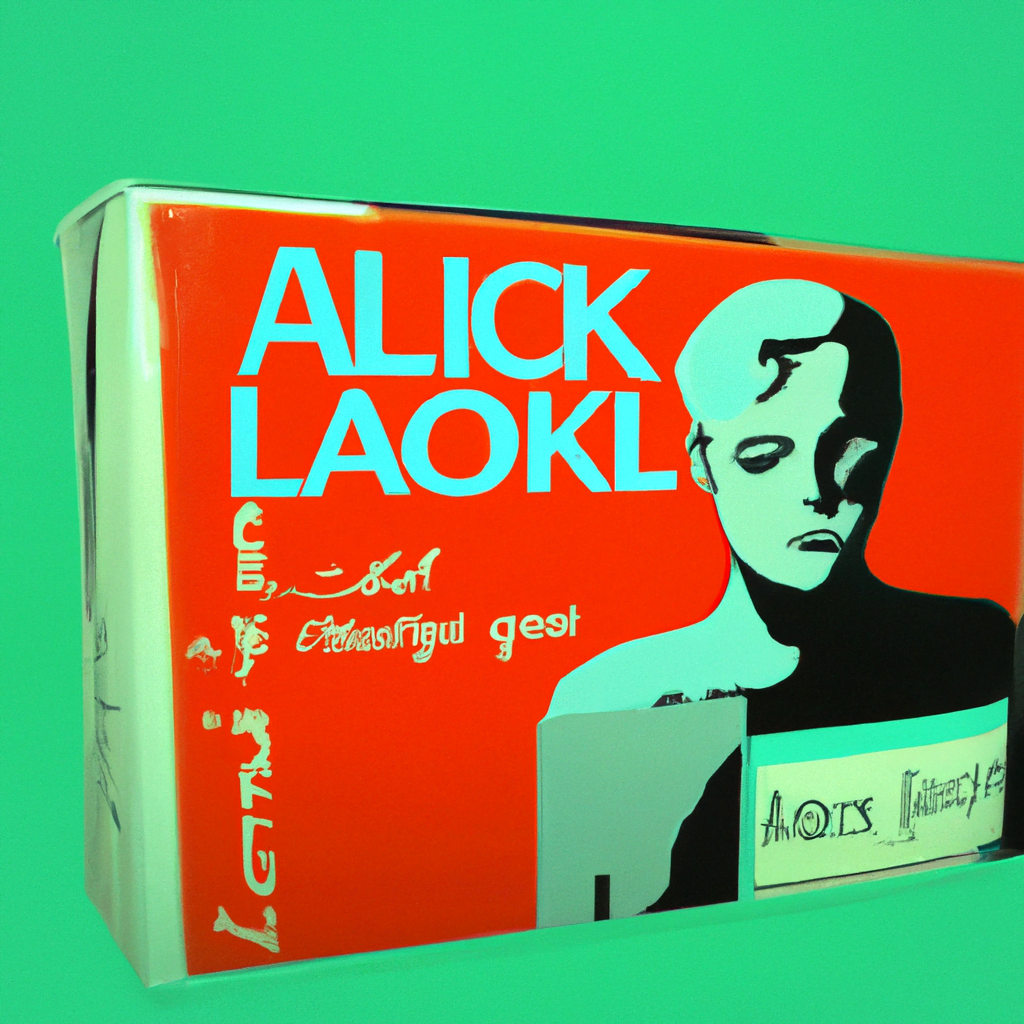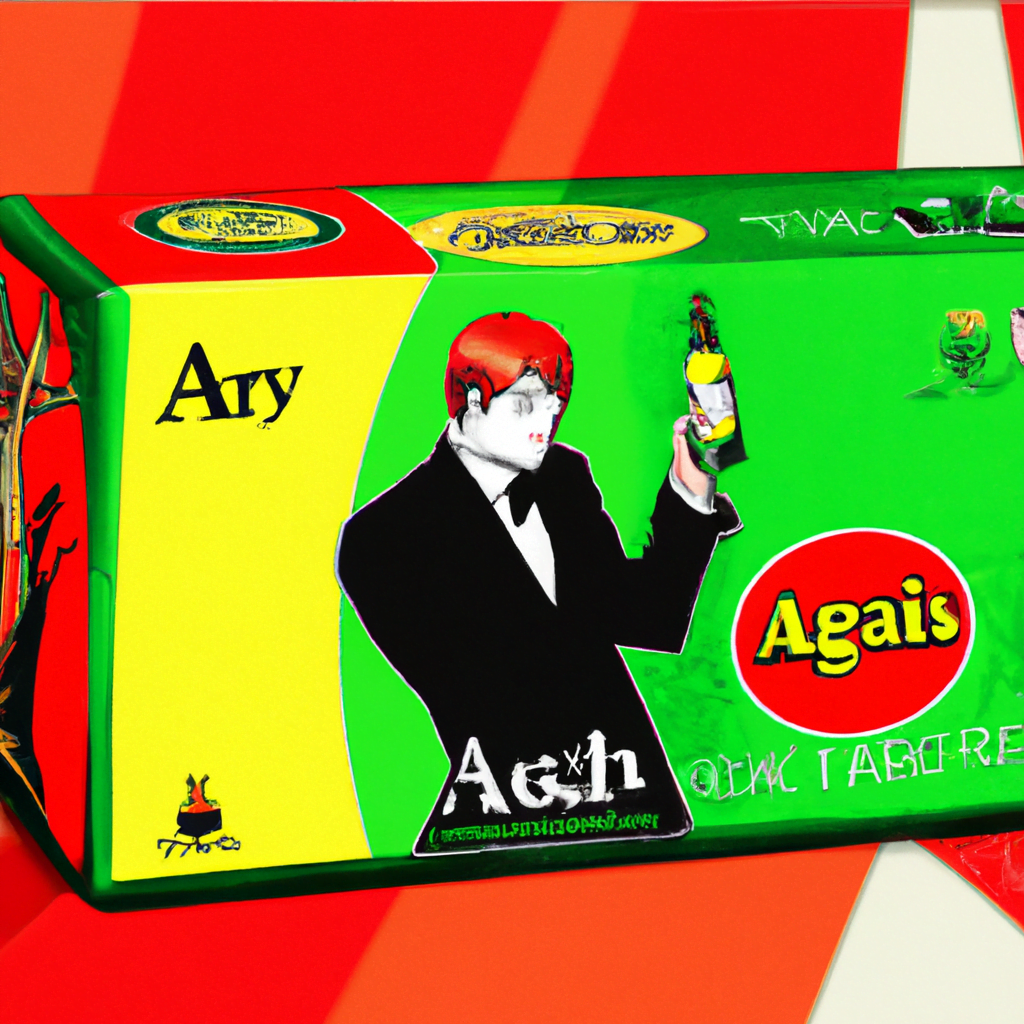
Package Design for Alcoholic Beverages: A Comprehensive Guide

Introduction
The package design of alcoholic beverages plays a crucial role in attracting customers and influencing their purchasing decisions. A well-designed package can communicate the brand’s values, differentiate it from competitors, and create a memorable experience for the consumer. In this article, we will explore the key elements of package design for alcoholic beverages and provide valuable insights for brand owners, marketers, and designers.
The Importance of Package Design
The package design of alcoholic beverages is more than just a container for the product. It is a powerful marketing tool that can influence consumer behavior and drive sales. According to a study by Nielsen, 64% of consumers try a new product because the packaging catches their eye. Moreover, 41% of consumers say that packaging is an essential factor in their purchasing decision.
A well-designed package can communicate the brand’s values, personality, and story. It can also create a sense of anticipation and excitement for the consumer. For example, the iconic green bottle of Heineken beer is instantly recognizable and communicates the brand’s Dutch heritage and premium quality.
Key Elements of Package Design
The package design of alcoholic beverages should consider the following key elements:
Brand Identity
The package design should reflect the brand’s identity and values. It should communicate the brand’s story, personality, and positioning. For example, the package design of Jack Daniel’s whiskey reflects the brand’s heritage, authenticity, and craftsmanship.
Product Differentiation
The package design should differentiate the product from competitors. It should communicate the unique features, benefits, and value proposition of the product. For example, the package design of Absolut Vodka communicates the brand’s Swedish origin, premium quality, and innovative flavors.
Consumer Appeal
The package design should appeal to the target consumer. It should consider the consumer’s preferences, lifestyle, and aspirations. For example, the package design of Corona beer appeals to the consumer’s desire for a refreshing and relaxing experience.
Functional Requirements
The package design should meet the functional requirements of the product. It should protect the product from damage, contamination, and spoilage. It should also facilitate storage, transportation, and consumption. For example, the package design of wine bottles should protect the wine from light, heat, and oxygen.
Design Trends in Alcoholic Beverages
The package design of alcoholic beverages is constantly evolving to meet the changing consumer preferences and market trends. Here are some of the design trends that are currently popular in the industry:
Minimalism
Minimalism is a design trend that emphasizes simplicity, clarity, and functionality. It uses a limited color palette, typography, and graphics to create a clean and modern look. Minimalism is popular in the alcoholic beverage industry because it communicates the brand’s premium quality and sophistication. For example, the package design of Grey Goose vodka uses a minimalist approach to communicate the brand’s French heritage and premium quality.
Handcrafted Look
The handcrafted look is a design trend that emphasizes authenticity, uniqueness, and craftsmanship. It uses hand-drawn illustrations, typography, and textures to create a personalized and artisanal look. The handcrafted look is popular in the alcoholic beverage industry because it communicates the brand’s artisanal and small-batch production. For example, the package design of Tito’s Handmade Vodka uses a handcrafted look to communicate the brand’s handmade and authentic production.
Environmental Sustainability
Environmental sustainability is a design trend that emphasizes eco-friendliness, recyclability, and biodegradability. It uses sustainable materials, such as recycled paper, bioplastics, and glass, to reduce the environmental impact of packaging. Environmental sustainability is popular in the alcoholic beverage industry because it communicates the brand’s commitment to social responsibility and environmental stewardship. For example, the package design of Patagonia Provisions beer uses a sustainable approach to communicate the brand’s commitment to organic and regenerative agriculture.
Case Studies
Here are some examples of successful package design in the alcoholic beverage industry:
Jameson Irish Whiskey
Jameson Irish Whiskey is a brand that has successfully differentiated itself from competitors through its package design. The brand uses a distinctive green bottle with a label that features a harp and the signature of John Jameson. The package design communicates the brand’s Irish heritage, premium quality, and authenticity. Moreover, the brand has expanded its product line to include flavored whiskeys, such as Jameson Caskmates, which uses a package design that communicates the brand’s innovative and experimental spirit.
Stella Artois Beer
Stella Artois Beer is a brand that has successfully appealed to the target consumer through its package design. The brand uses a distinctive chalice glass with a gold rim and a red star logo. The package design communicates the brand’s Belgian heritage, premium quality, and sophistication. Moreover, the brand has expanded its product line to include limited edition packaging, such as the Stella Artois Christmas Chalice, which uses a package design that communicates the brand’s festive and celebratory spirit.
Chandon Sparkling Wine
Chandon Sparkling Wine is a brand that has successfully used environmental sustainability in its package design. The brand uses a sustainable approach by using recycled paper for its labels and biodegradable materials for its packaging. The package design communicates the brand’s commitment to social responsibility and environmental stewardship. Moreover, the brand has expanded its product line to include limited edition packaging, such as the Chandon American Summer bottle, which uses a package design that communicates the brand’s patriotic and summery spirit.
Conclusion
The package design of alcoholic beverages is a crucial element in the marketing mix. It can communicate the brand’s identity, differentiate it from competitors, and appeal to the target consumer. Moreover, it can create a memorable experience for the consumer and drive sales. By considering the key elements of package design and the current design trends in the industry, brand owners, marketers, and designers can create successful package designs that meet the functional and aesthetic requirements of the product.
